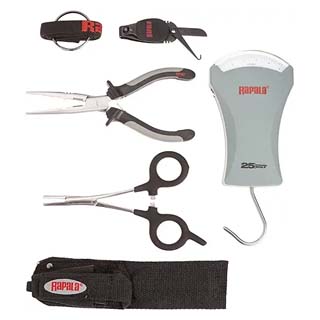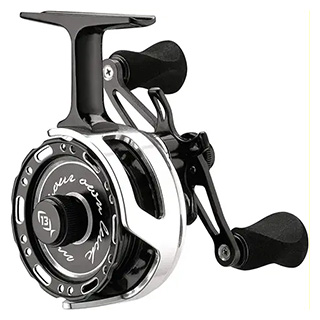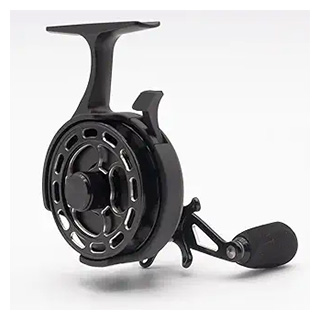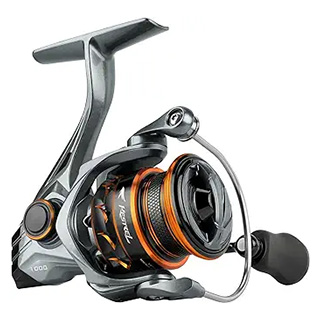Ontario Ice Fishing Hut Operators
Ice Fishing Articles And Tips

Ice Fishing Tips for Amateurs
By Iain Loveman
Winter is finally here and the ice continually thickens but something has happened to your favorite fishing hole.
You've noticed that after treading lightly across the thin ice over the past few weeks and easily catching your fill for the day, that the fish are few and far between.
Now, before you think you've become a master baiter and personally caught all the fish in the lake you have to remember that as it gets colder there is a natural tendency for fish to slow down and move.
If you're looking to catch Jumbo Perch you need to find a large lake preferably one where the fishing pressure from anglers isn't great.
Although at one time, I could recommend Lake Simcoe, it is quite obvious that anglers have put quite a dent on the Jumbo Perch population.
This is supported by the fact that daily fishing limits set by the Ministry of Natural Resources have decreased.
A typical "perch" rig is two #6 snelled hooks attached about 8 inches and 16 inches above a bell sinker. The weight of the bell sinker will be determined on your fishing depth. You're looking at about an oz. for 30 feet.
Rod and reel are light about 26 inches with big eyelets to prevent line freeze up with a maximum 8 lb. test, but I prefer 4 - 6 lb.
If you're in a fish hut, you can rig up a piece of coat hanger about 3 ft. above the floor and loop your line over the end and watch for the gentle tug.
Bait up with minnows from the local ice fishing hut operator or minnow supplier in the area. These are natural bait for the area and nowadays fishing regulations make it unlawful to use any kind of species "foreign" to the area for obvious reasons.
You can hook them thru the lips or dorsal fin, try both and see which one works for you.
It is always good to carry a second "rig" as a back up due to damage or breakage but also allows you to experiment with different types of lures.
Fire-eye minnows, the jigging Rapala and Airplane jig simulate different fish actions such as darting, swimming or wounded. Colors are also important so have a wide range but you need not purchase every shade you can find.
You won't be catching fish, if you are constantly changing your lure.
If you have a portable fish finder, hand held GPS, compass, tip-ups and a hydrographic map of the area take them with you. Sometimes the local outfitter has a hand drawn map posted on the wall.
You'll need them when the going gets tough and the tough get going as in fishing a drop off.
Use the fish finder to setup a series of holes from the shallowest to the deepest, the GPS to mark your waypoints for the next outing, the compass to get you back to shore if the weather turns on you (GPS's don't work well in bad weather), the map to get you to the deep spots without wasting all your time and the tip-ups to extend your reach.
Whitefish on the
other hand are bottom feeders and though I've seen a great many of them caught using a 3 1/2 inch
William's two tone, gold , dimple the majority have been with a 3 way spreader and minnows
bounced gently off the bottom.
If you decide to go for the jigging method, try changing the treble to a
larger size and remove the side hook. You can also add a yellow and black eye and a reflective green stripe down
the center.
Of course you will be using a heavier lb. test ice line (invisible) in the 8 - 10 range
and don't be surprised when a huge Rainbow sends your reel spinning.
One final note, I can't count
the number of times I have seen over confident anglers who have hooked their fish, hauled up yards and yards of
line just to lose their dinner coming thru the last two feet of ice.
I guarantee that when your supper
sees you and the walls of a 6 inch hole, the battle is not over its just begun.






